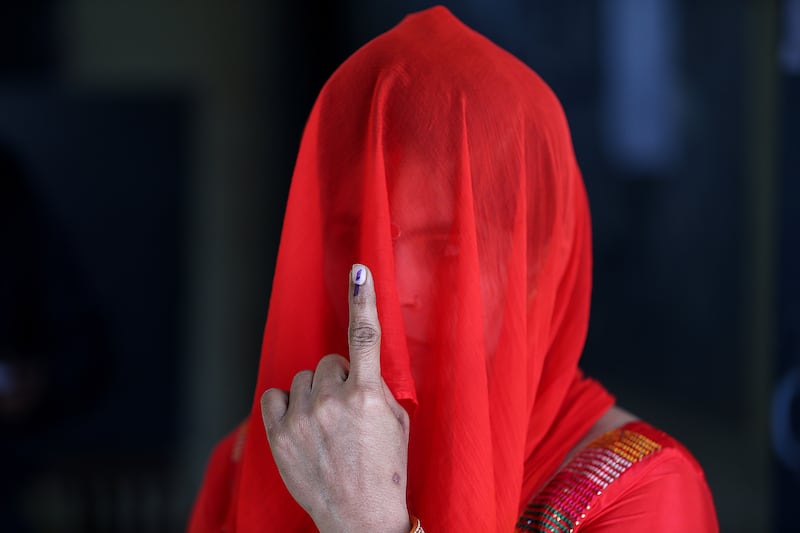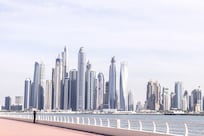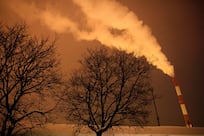India is holding the world’s largest and most expensive election, with nearly 970 million people eligible to vote.
The election is being held in seven stages across the vast country from Friday, April 19 to June 1. The votes will be counted on June 4, according to the schedule announced by the Election Commission of India on Saturday, and results are expected on the same day.
Prime Minister Narendra Modi's Bharatiya Janata Party and the main opposition Indian National Congress are among more than 2,600 registered parties in the country.
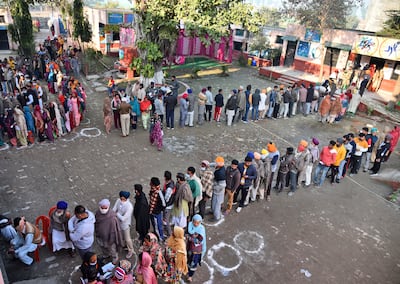
How many people will be voting?
With 1.4 billion people, India is the world’s largest democracy. It hold elections every five years to elect 543 members to the Lok Sabha – the lower house of Parliament.
A political party or an alliance of parties needs 272 seats to form a government.
There are nearly 970 million voters across India's 28 states and eight federally administered territories – a bigger electorate than the US and the EU combined. They include 471 million women and nearly 200 million people between the age of 18 to 29. In addition to more than 18 million Indians able to vote for the first time after turning 18, there are also nearly 18 million voters in their eighties or older, including 218,000 centenarians.
The election is being held in seven phases to allow authorities to provide ample security and logistics, including the movement of security forces and electronic voting machines.
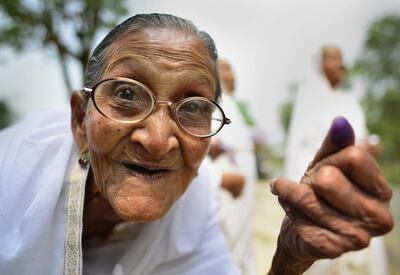
How are votes cast?
India uses electronic voting machines that list the candidates and symbols of their political parties. Voters press the button next to their preferred candidate's name to cast their vote. They can also press a button labelled "none of the above" to indicate that they do not approve of any of the choices.
The machines also have a serial number in Braille to help visually impaired voters.
Some machines are equipped with a system known as "Voters Verifiable Paper Audit Trail", which prints a paper slip when a voter cast their votes on the voting machines that verifies their vote for the candidate or the political party.
The voting machines are largely seen as a tamper-proof, but critics and opposition leaders often claim that the devices can be rigged.
The Election Commission said more than 5.5 million voting machines will be used in the election, compared with about 1.8 million in the 2019 election.
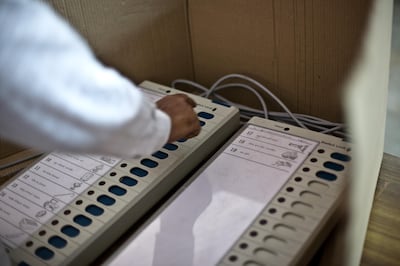
Reaching all voters
Polling is an extensive and expansive process in India, the seventh-largest country in the world, as electoral officials need to reach voters in far-flung villages in the mountains, deserts and forests.
More than 1.5 million polling booths have been set up across the 28 states and eight federally ruled territories in the country.
More than 15 million election officials, including security forces, are deployed to ensure free and fair elections.
Election officials and security forces travel by foot, road, train, helicopter, boat, and sometimes elephant to reach remote areas carrying the voting machines.
In 2019 the Election Commission set up a temporary booth for a single female voter in the north-eastern state of Arunachal Pradesh, which is covered with dense forest and snow-capped mountains and borders China.
A team of six election workers took two days to travel 40km to set up the booth.
Officials flew by helicopter to Tashigang in Spiti Valley in Himachal Pradesh, a mountainous state in the Himalayas neighbouring Tibet, to set up the highest polling station in the world at 4,650 metres above sea level.
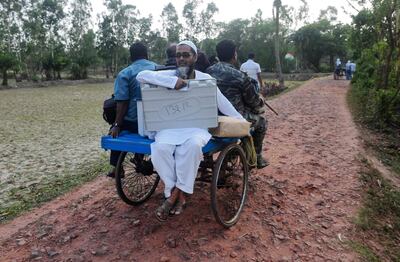
Who are India's main parties?
There are six major parties including Bharatiya Janata Party and the Indian National Congress, which had been the dominant party since India gained independence from Britain in 1947.
While the BJP is part of the National Democratic Alliance with 37 other parties, the Congress has joined hands with 25 parties to form the INDIA alliance to take on Mr Modi’s party.
The Aam Aadmi Party, which rules the capital Delhi and the neighbouring Punjab state, is also contesting the general election.
The NDA alliance won 353 seats in 2019, out of which 303 seats were won by the BJP. The Congress won 52 seats.
The BJP received 37.36 per cent of the vote – the highest share for a single party since the general election in 1989.
The Congress managed to get 19.5 per cent.
The 2019 election was also notable for its voter turnout of more than 67 per cent, a record for India.
The BJP has launched a “Once Again Modi” campaign while the Prime Minister is offering voters his “Modi’s Guarantee” to fulfil promises of economic growth and prosperity. The party's Viksit Bharat (Developed India) campaign promises to make the country a developed nation by 2047.
The Congress-led opposition has taken up the issues of unemployment, which is hovering at nearly 10 per cent, inflation and farmers’ issues, including the demand for a minimum guaranteed price for their produce.
